In 2018 I went on a wine tour to Gascony. I have never had any experience of rural France before, and I have heard about Gascony only from the novels of Alexander Dumas. I love wine, Armagnac, and peaceful countryside’s, not to mention the French flair for wholesome cooking, so I could not wait to get there.
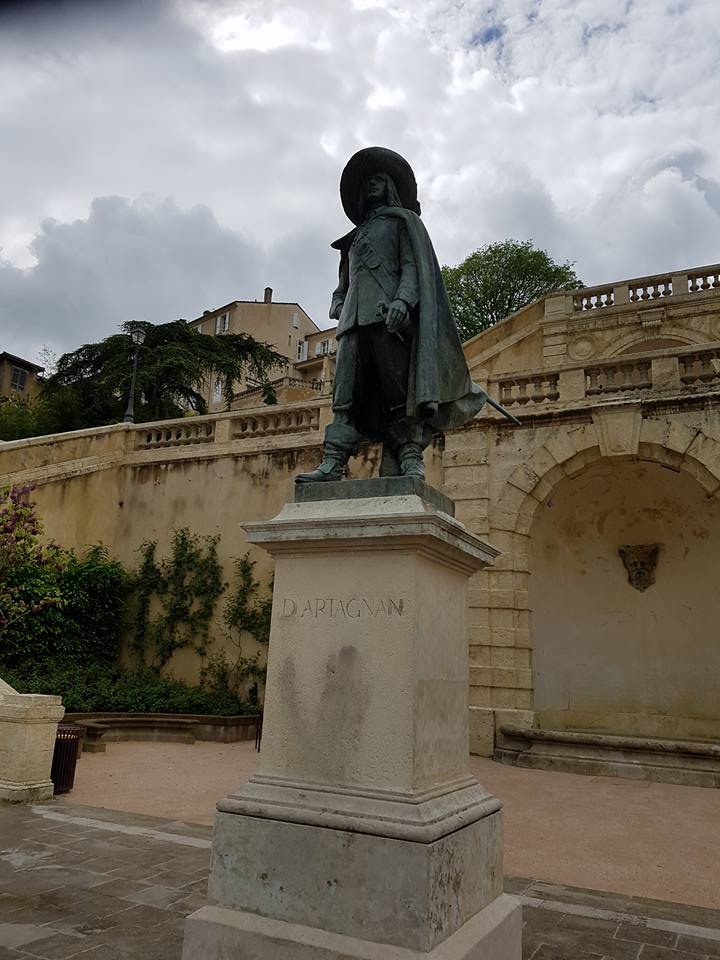
The sculpture of D'Artagnan in Auch
In all fairness, nothing really prepares you to the quiet, bucolic beauty of the gently rolling landscape with duck ponds, meadows with cows and sometimes water buffalos(!), vineyards, alternating polycultures with the majestically dramatic background of the Pyrenees. This is the home of d’Artagnan, the best Armagnacs, untouched medieval settlements, an astonishing range of wine styles made from indigenous varieties like Madiran, Pacherenc du Vic-Bilh. The area is famous for its ducks and excellent foie gras, which I was assured, reared on the pastures freely and is not force-fed. The food is oh so, rich and rustic laced with duck fat. The salad comprises of fried up duck offal and bacon, with a few green leaves and the main course is duck heart, cooked ‘comme il faut’, stuffed with foie gras and garnished with other delicious bits and pieces, completely unidentifiable to me. It is not for the faint-hearted. Surely you need some robust wines and spirits to cut through the richness. Apropos, water buffalos. Near Aignan, you can find a restaurant attached to a water buffalo farm on a scenic hilltop if you are interested in exotic, unusual meats. I have said it before that it is not for the faint-hearted.
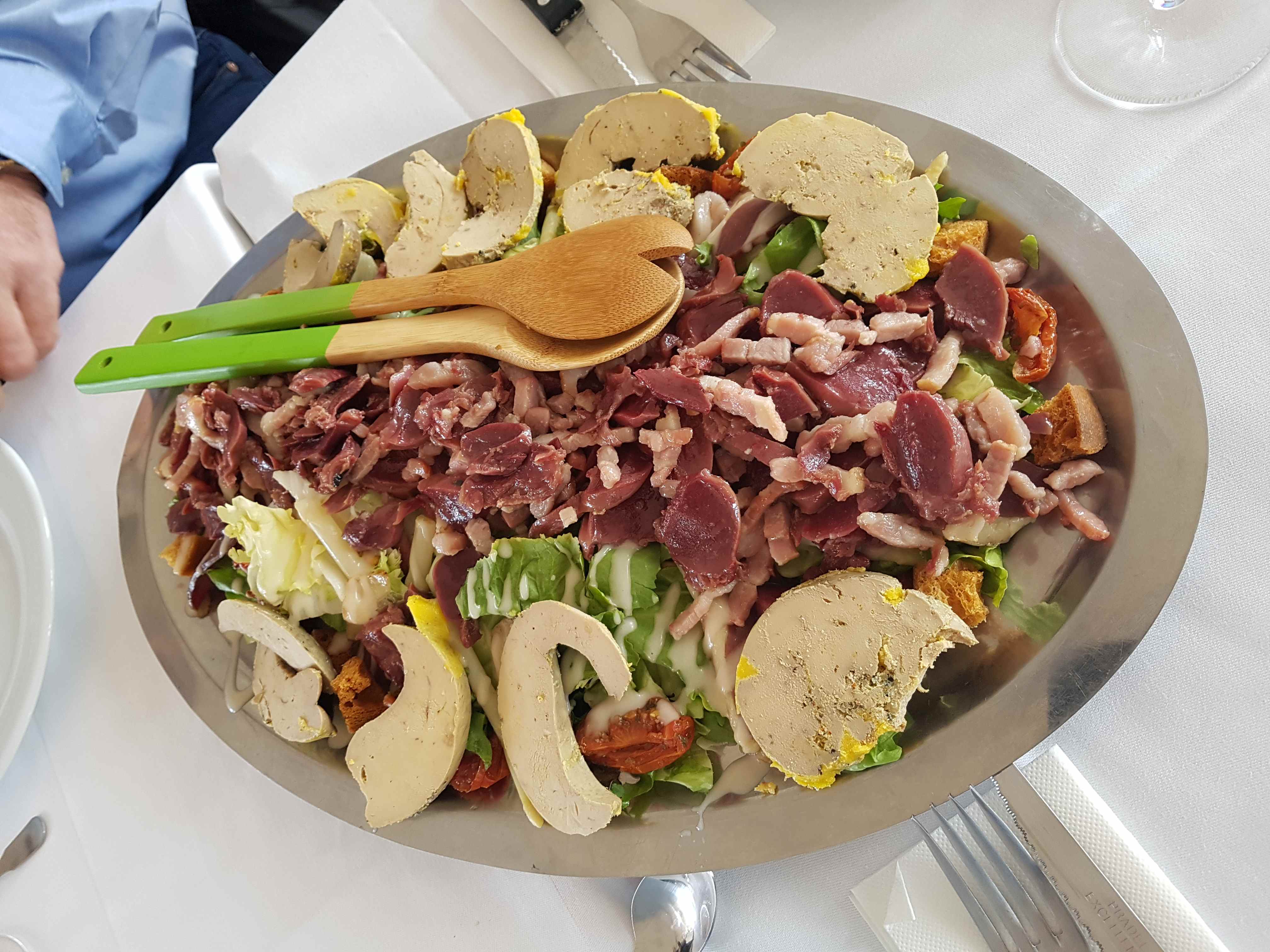
French salad countryside style
The region is steeped in history with influences from the French, Basque and of course, the British. It seems, somehow time is slower down there with friendly, hardworking people, unpronounceable native grapes, fabulous food, halfway between the Atlantic and the Midi, but in reality, far away from everything and the hustle and bustle of the world.
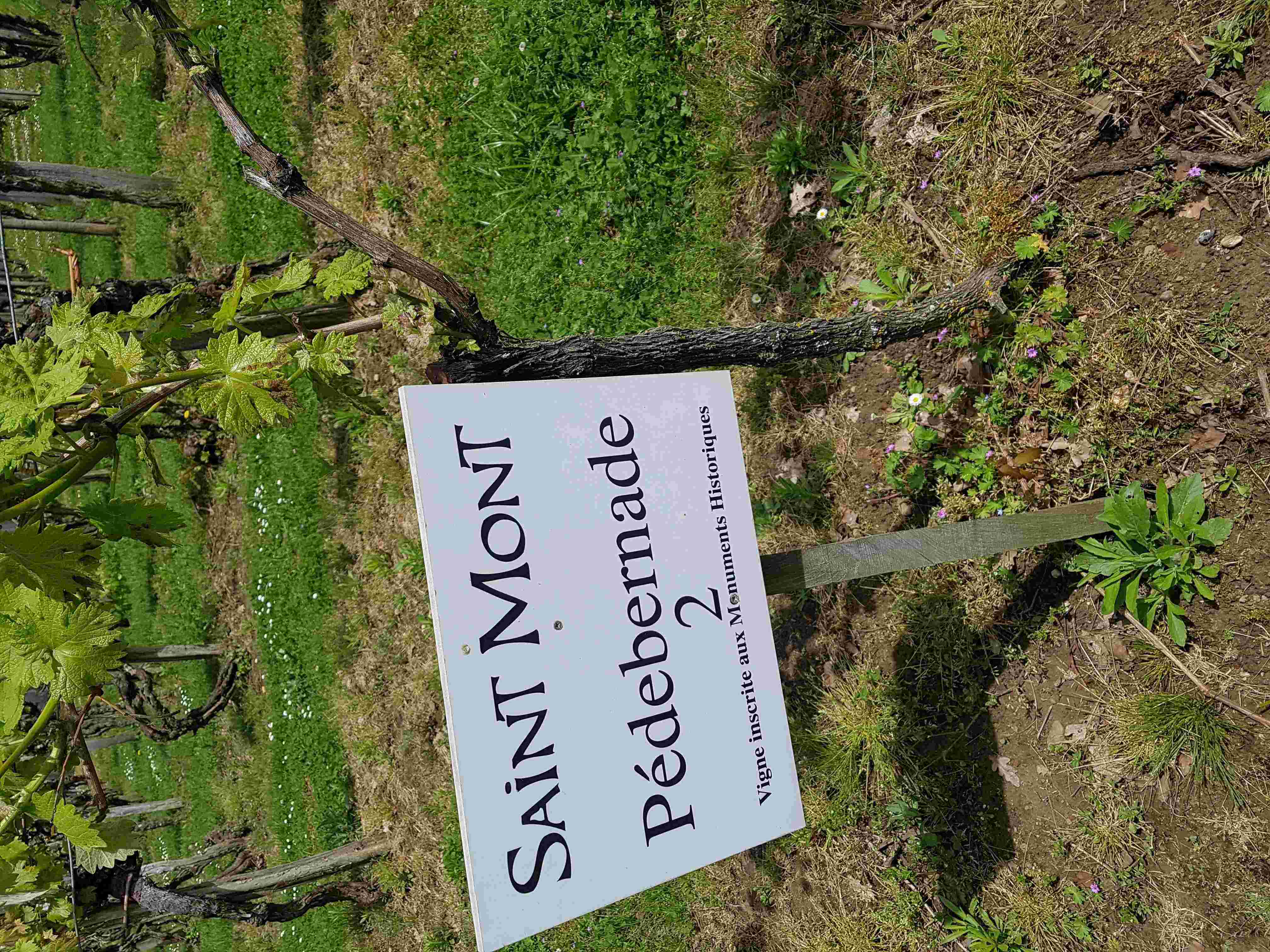
Sarragachies
Our excellent host was Céline Dabadie from Plaimont, a large co-operative in the area, that aims to celebrate and draw inspiration from the cultural, historical, natural quirkiness of this area with a dazzaling array of local, ancestral grapes. No wonder that the absolute highlights of our stay were visits to the spectacular plots of old vines within the Saint Mont appellacion. Although Plaimont does have over 30 hectars of vines planted before the 1970’s using the old methode of massal selection, that would easily qualified as ’Vieilles Vignes’. But the three plots of old vines in Sarragachies, Perissé in Saint Mont and the Madeleine vineyard in Ladevèze-ville are much more older than that and still privately owned.
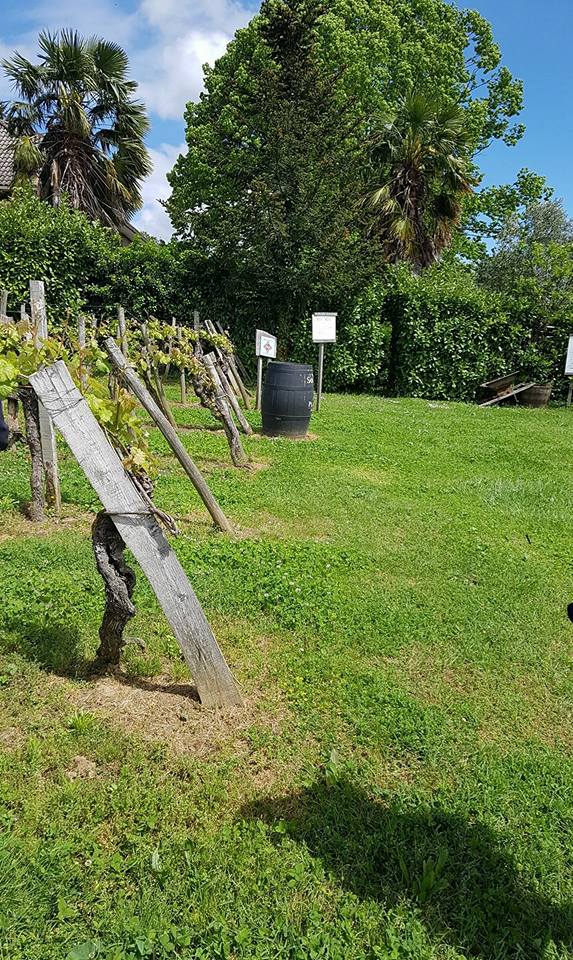
Sarragachies
At Sarragachies, you can find a mere 0.2 ha piece of land, a Protected Historic Landmark, owned by the Pédebernade family, looked after by Plaimont, specifically by the lovely Nadine Raymond. The plot is squeezed between loosely scattered houses on lower laying land, with sandy soils. It seems fairly innocent from the distance, but if you go closer the extremely gnarly, old vines paint a different picture. It was declared in the Cassini cadestral plan, that was created under Napoléon, as a vine growing land. It is impossible to know the exact time of planting, but those vines have likely been put in the ground in the late 1700’s or the early 1800’s. That makes them around 220 years old! Quite unheard of in the Old World. The vines are not on rootstocks, but they are original European Vitis Vinifera from top to bottom! As the soil is sandy, phylloxera could not destroy the plants, and what interesting plants these are. 21 different cultivars can be found here, some of them thought to be old basque or long forgotten local varieties, some of them are still waiting to be identified. There are grapes like Tannat, Fer, Candolle, Tardif, Canari etc just to name a few. To establish what wines the crops would make, and many other ancient clones in this area in Plaimont’s winegrowers vineyards, they took cuttings and set up a so called Conservatory with 39 different grape varieties in 2002. This ’living library’ shows off, protects and conservs the oldest ancestral local varieties of the region. In a true conservationist style they produce minute amount of seperately vinified wine out of them to determin if they could be used for commercial plantings in the future or could they be an answer for the current viticultural challanges. These wines are not available commercially.
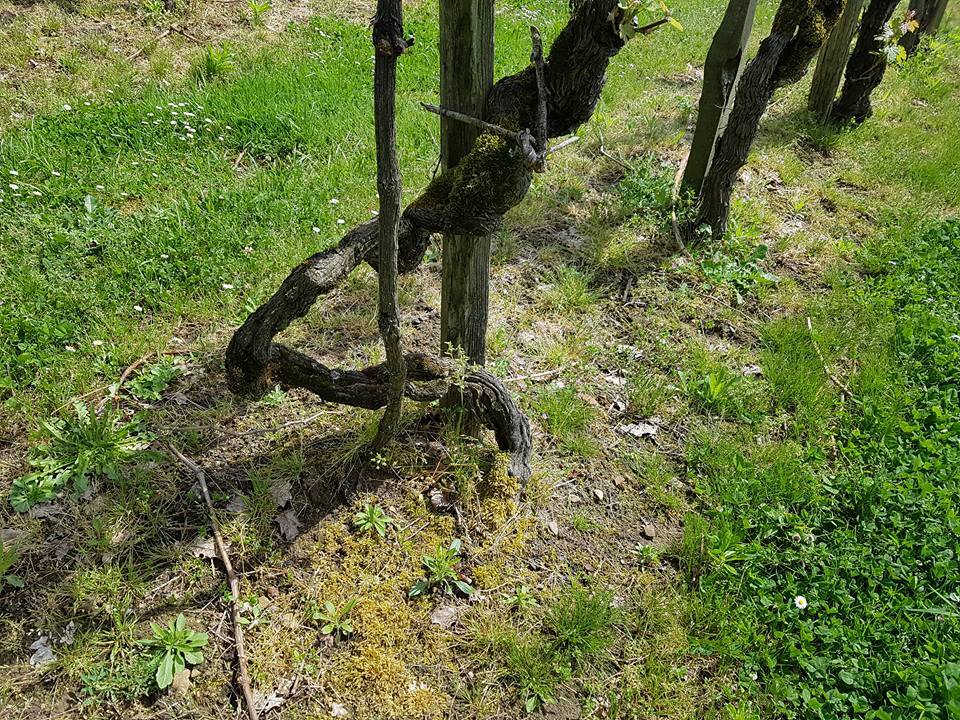
Sarragachies
The second vineyard is the 0.48 ha Perissé plot, in Saint Mont that dates back to 1871 and named after the family who owns it. It is conveniantly located on the highest hill of the village of Saint Mont, trellised high and planted on two meters deep sandy soils that resisted phylloxera. They need careful tending. It is sorrunded by 100-years-old fig trees and faces the ill-fated Benedictine Monastery of Saint Mont that is now refurbished and renovated into a charming, little hotel. The grapes in this vineyard are mostly Tannat and Pinenc and it yields 1500 bottles of wines called ‘Cuvée Préphylloxérique’ that is the pride and joy of Plaimont. This wine truly symbolises the unique, ancestral genetic heritage of the somewhat underappreciated region.
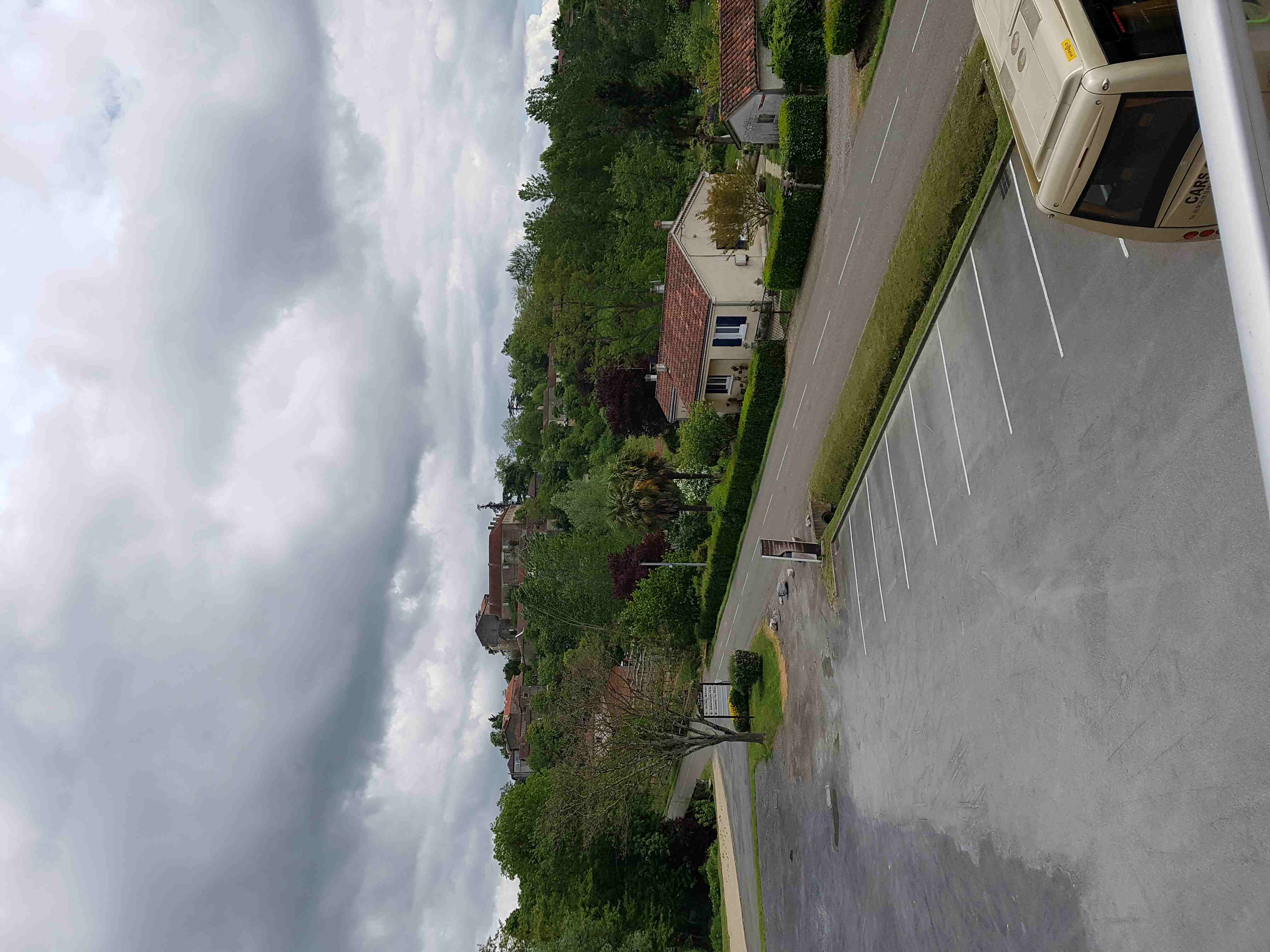
Saint Mont Benedictine Monastery
The hamlet and vineyard of Madeleine is atop of a hill with breathtaking views guarded by a porch also called Madeliene built in the 14th century. This vineyard was one of the first places to be replanted with new and ancient varieties around 1880 and been there ever since. It is 0.8 ha piece of land with gravely-clay soil and the vines are grafted on American rootstocks. It consists of nearly 30 different varieties, mostly Tannat, but Cabernet Sauvignon, Pinenc, Valdiguié Pissaïre, and the teinturier Alicante Bouche can also be found here. An interesting and quite leathal addition is the couple of Noah vines, Vitis Lambrusca, that simply grew out of the rootstock and producing grapes that when turned into wine have a very high methanol content. Not something you want to try! The plot yields some 3000 bottles of wonderfully rich, concentrated, deeply cloured and full-bodied red wines called Madeleine that I had the good fortune to taste. It is available commercially and it is fairly expensive, but well worth every penny.
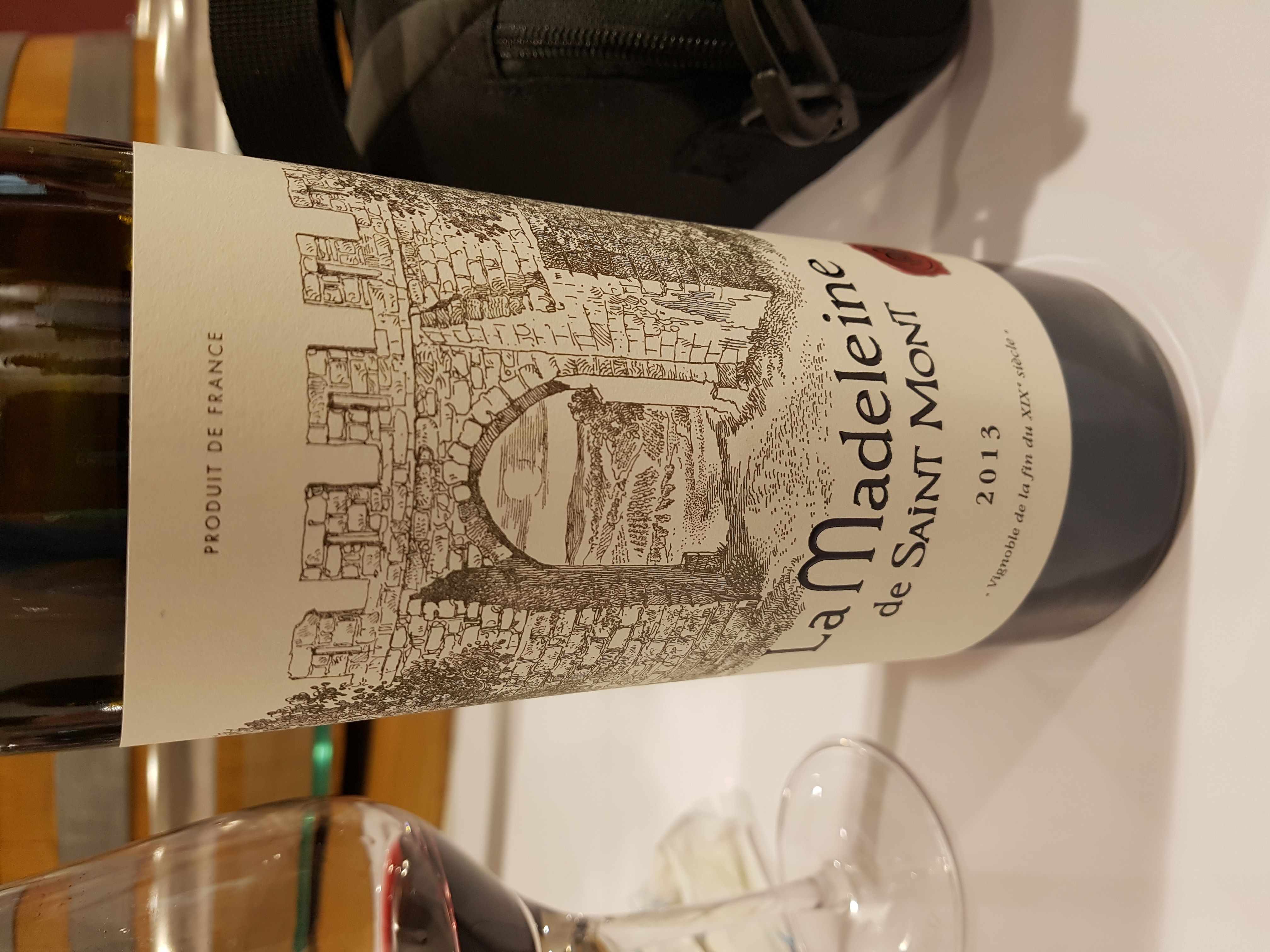
A bottle of La Madeleine de Saint Mont 2013
The million dollar question still is ’How could these vineyards survive for this long?’ The answer is fairly simple. One of the most interesting thing with these little pieces of lands that they have hardly ever changed owners. Madeleine did only once since it was replanted 140 years ago. They were small family plots, providing thirst-quenching wines for the owners. They are all very close to the properitors houses, so they are effectively like a backgarden. They have always been used, cultivated and looked after by the same family through centuries. They have mostly withstood pests, diseases and produced decent wine so they have been kept the way they always were. As the soils are mostly sandy, except Madeleine, there was no urgency to put newer vines in on rootstocks. Also the tiny sizes, low yields, private ownerships and obscure locations protected these vineyards from modernisation, uprooting and more mainstream grapes as they were not commercially viable.
Photographs by The Tannin Addict.